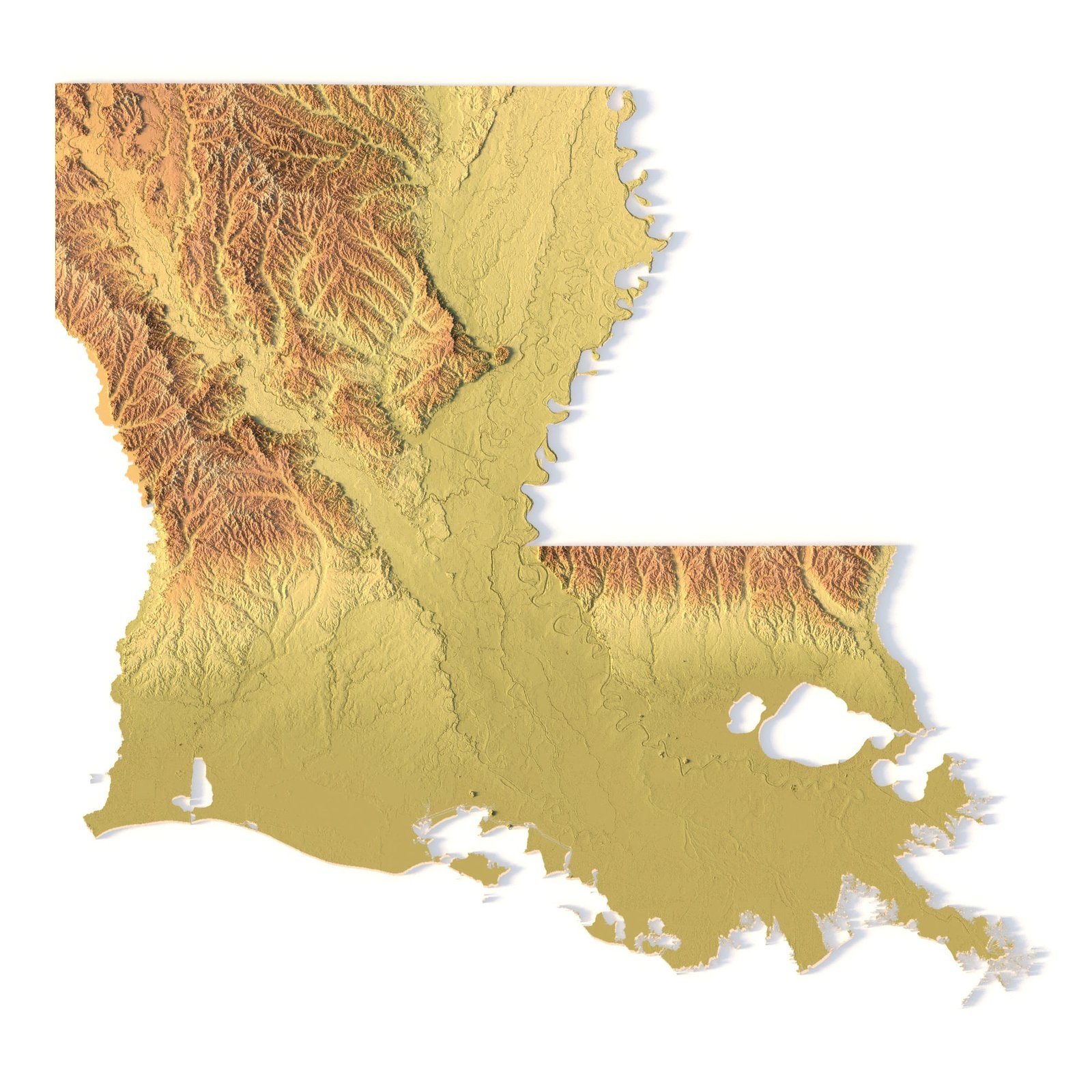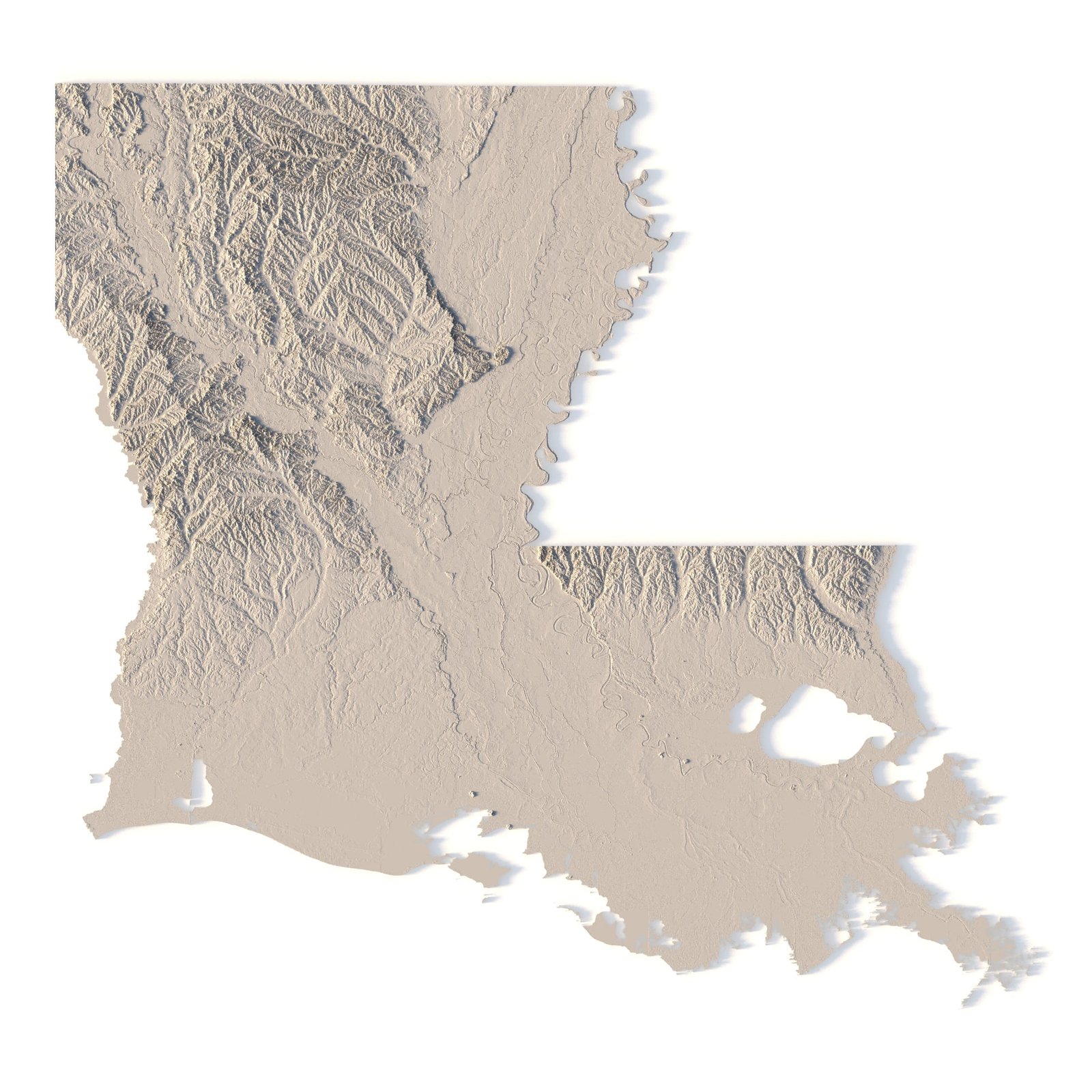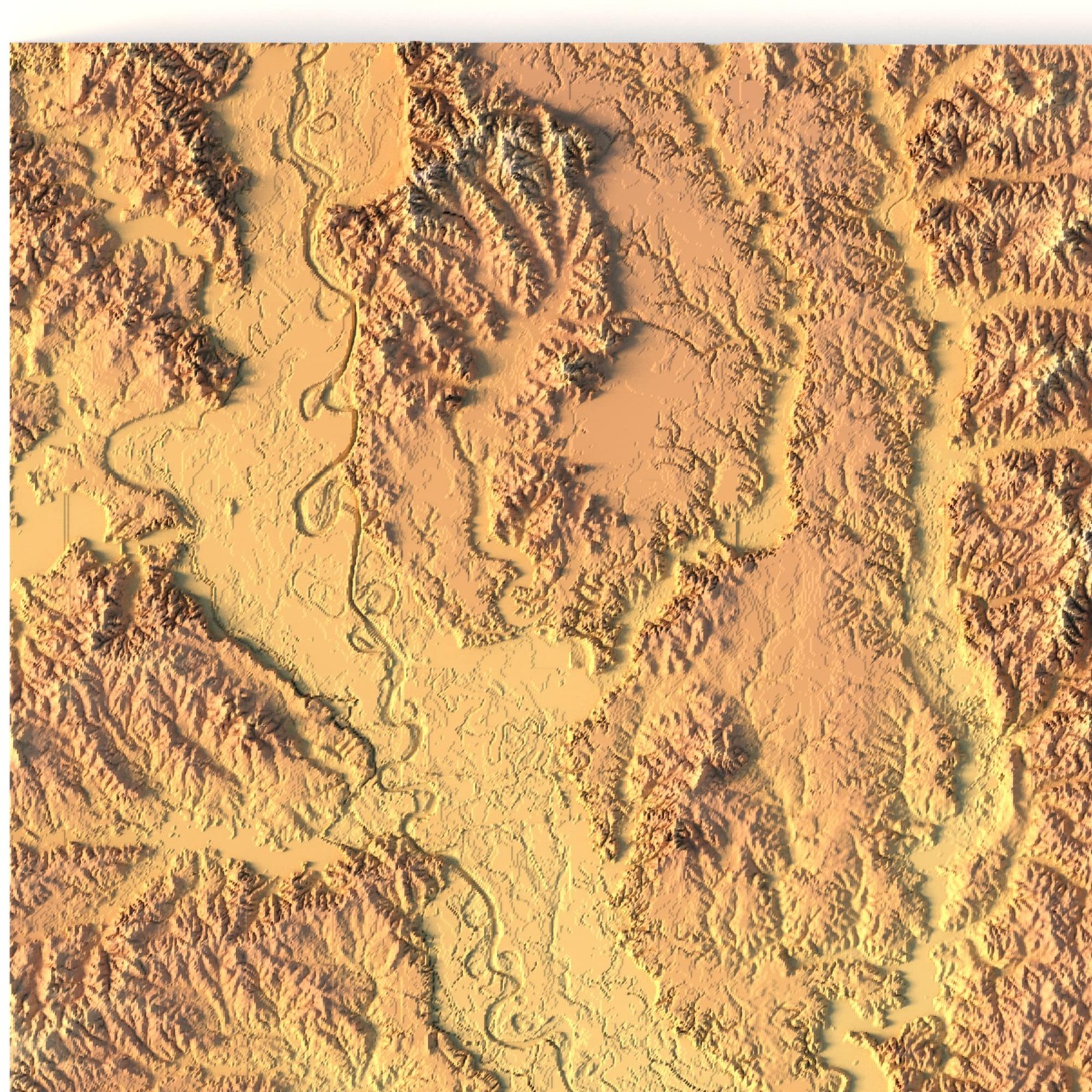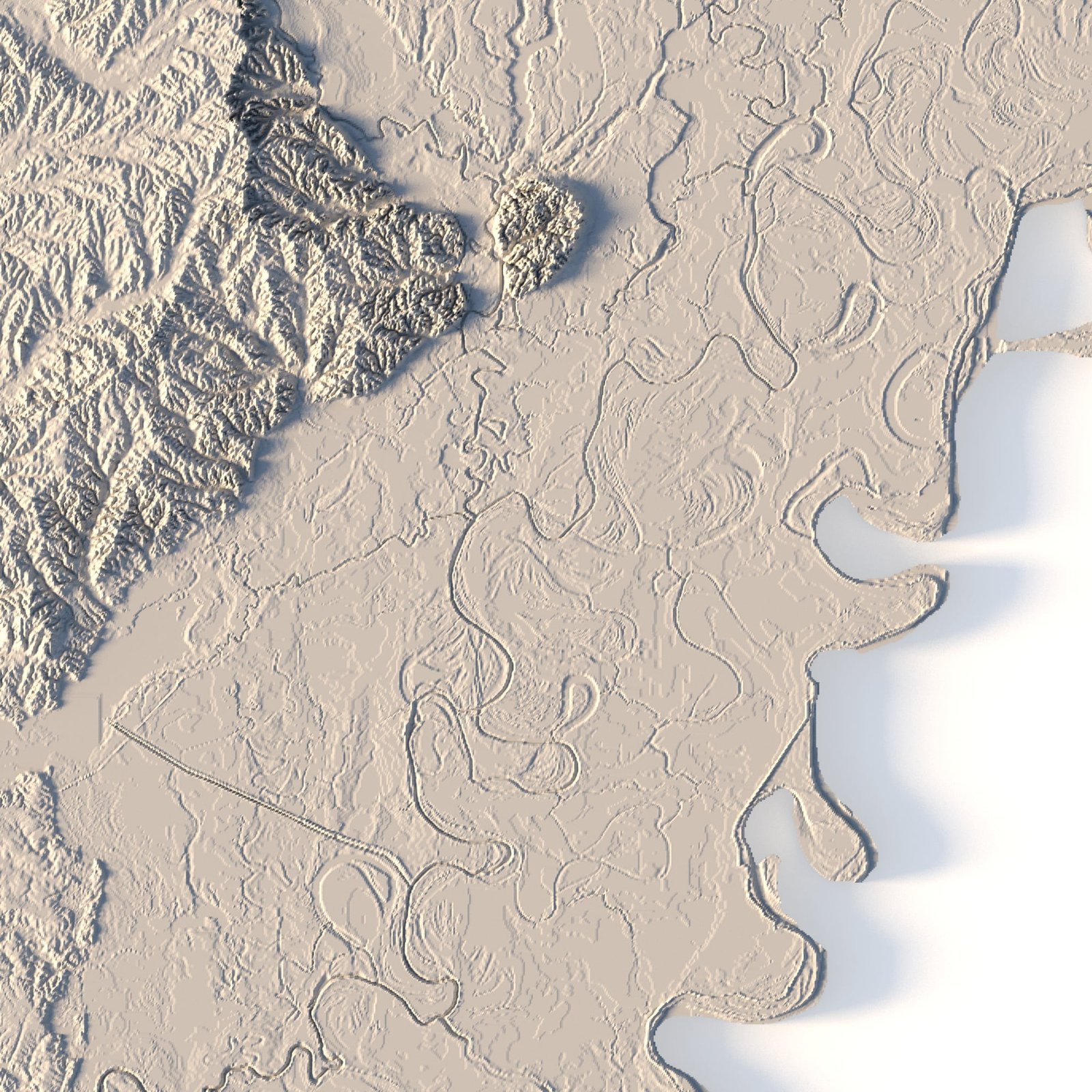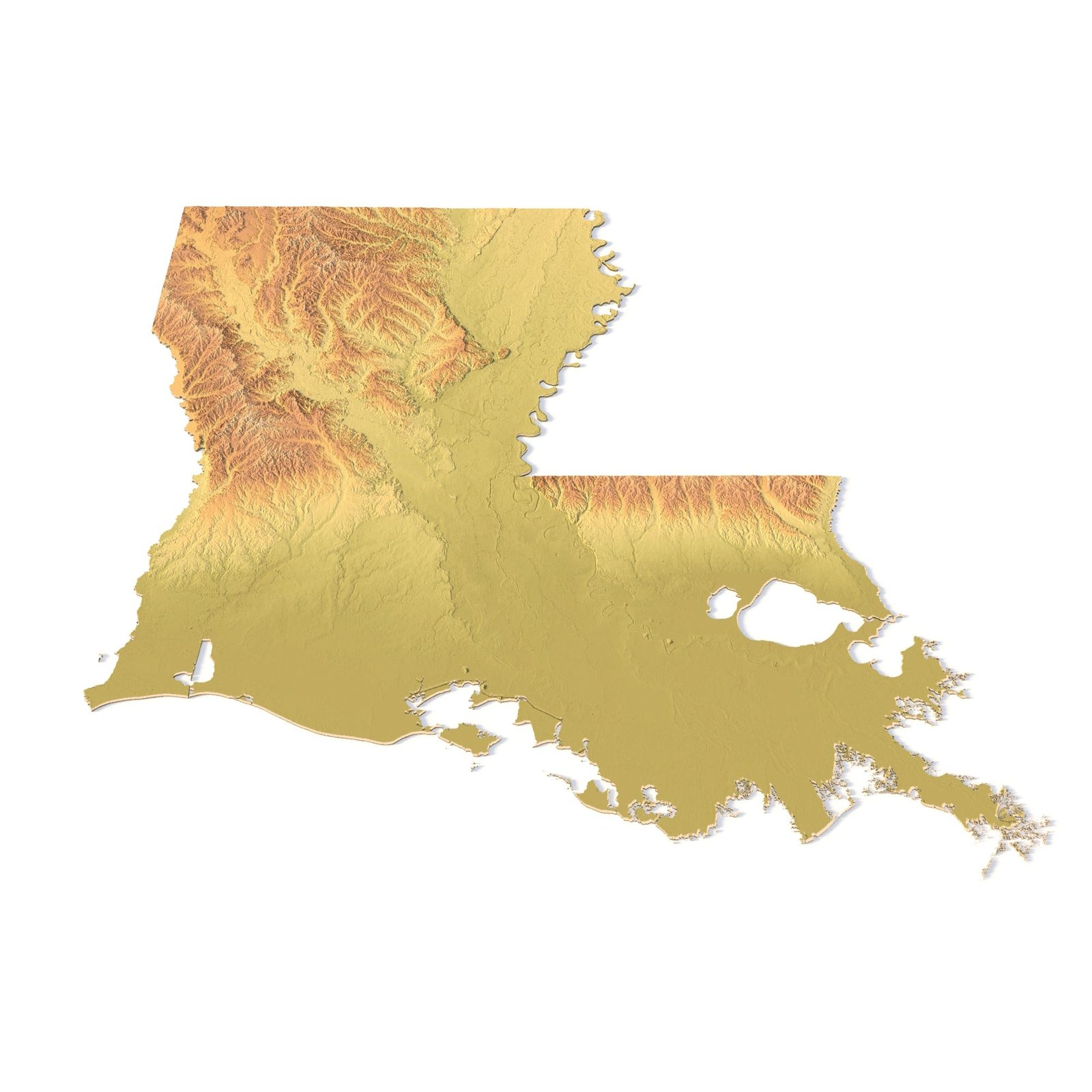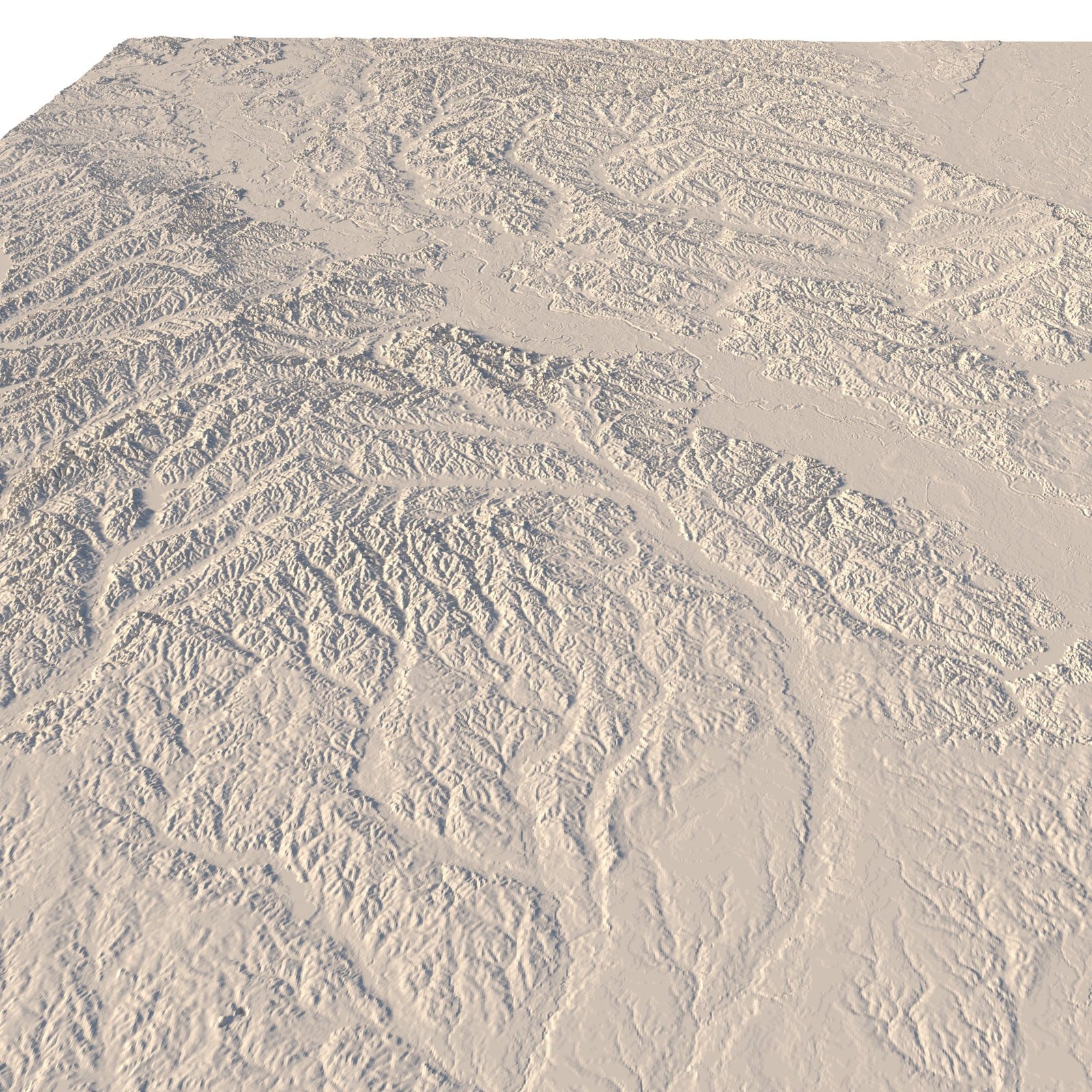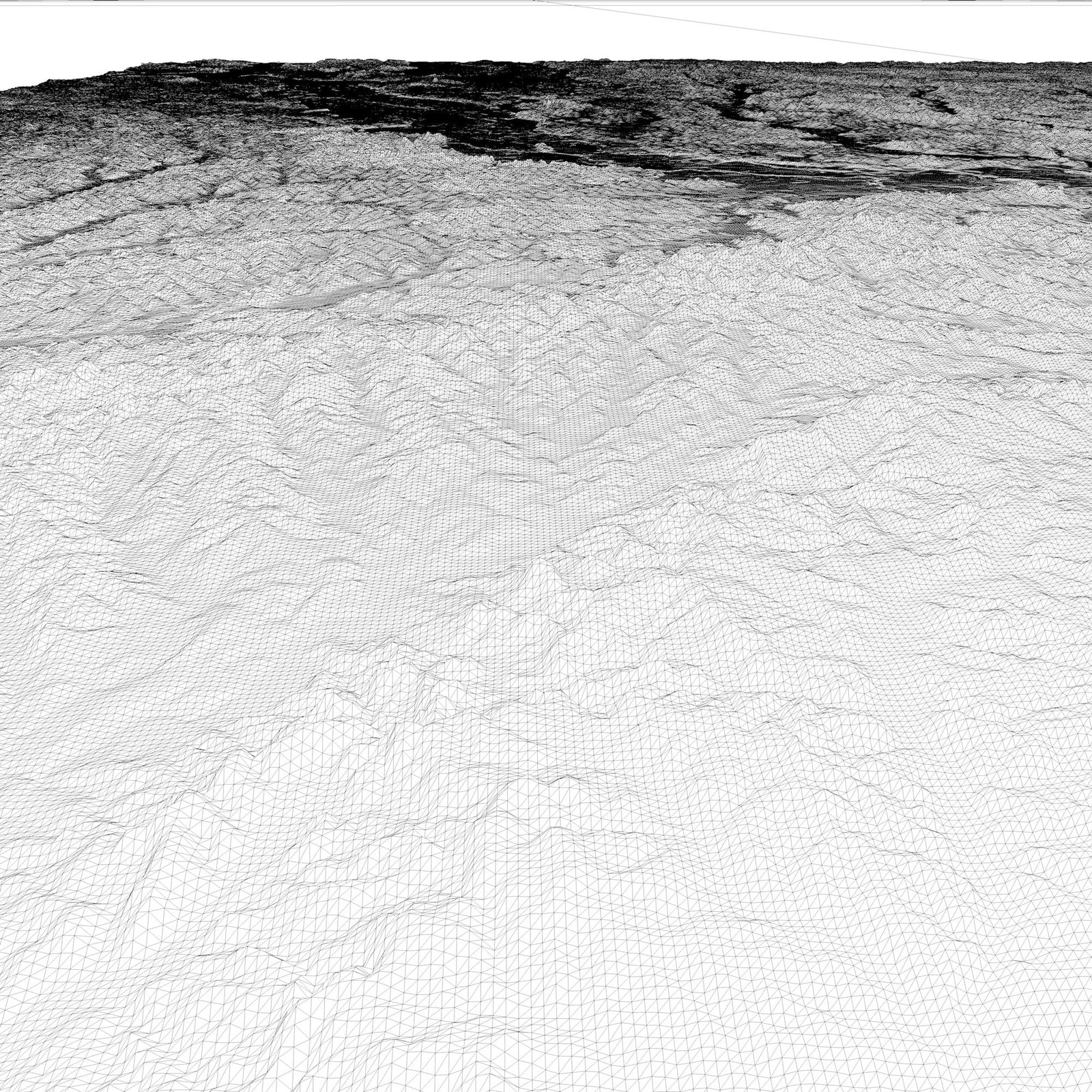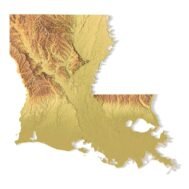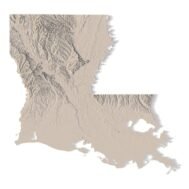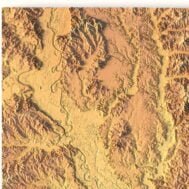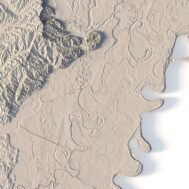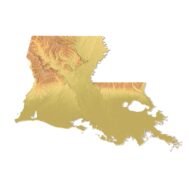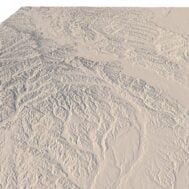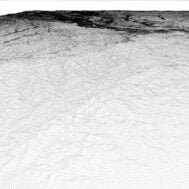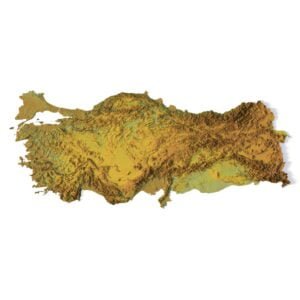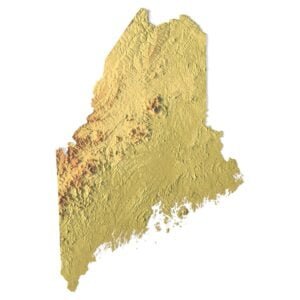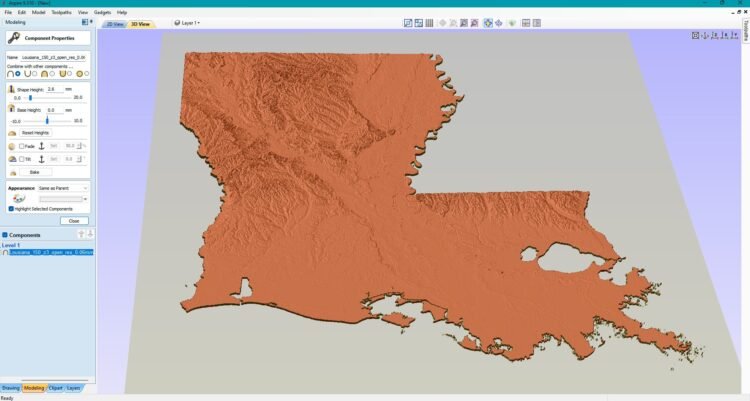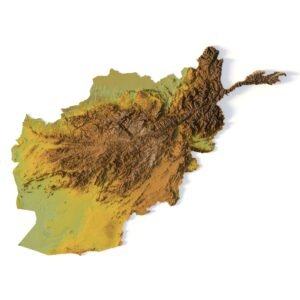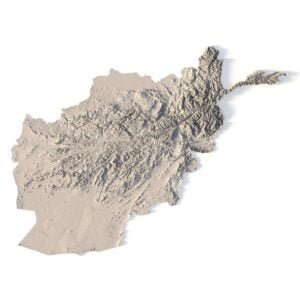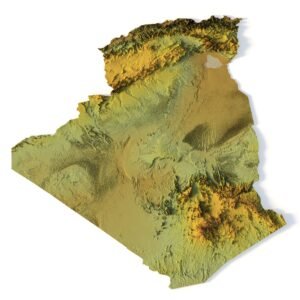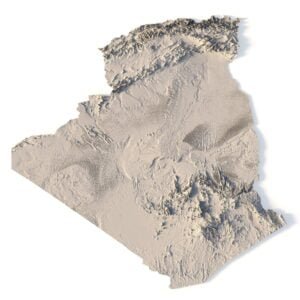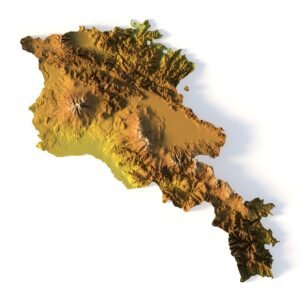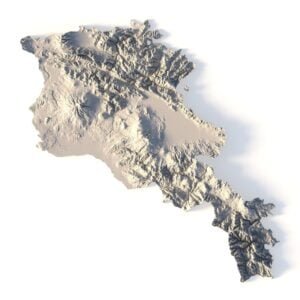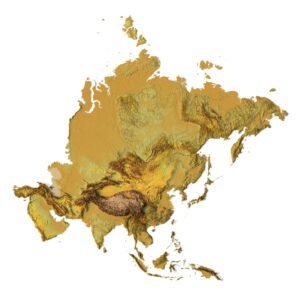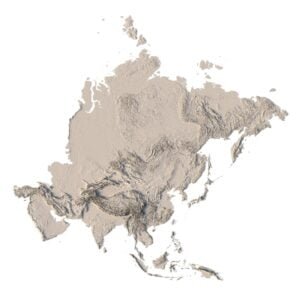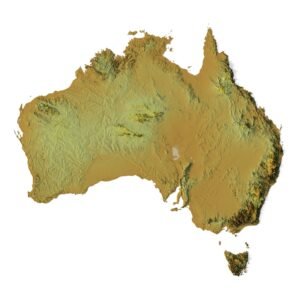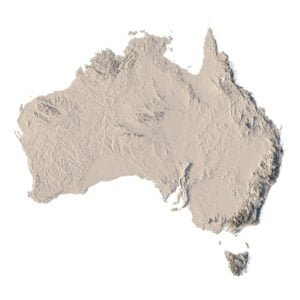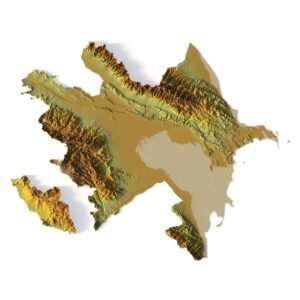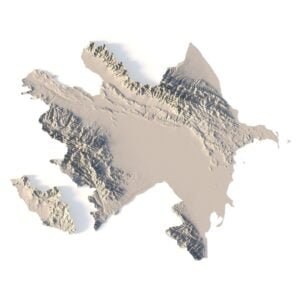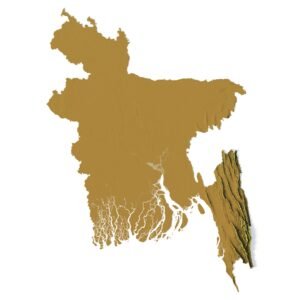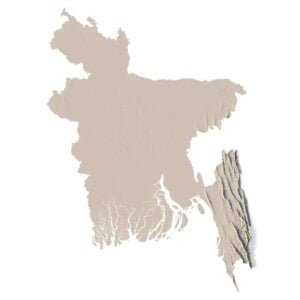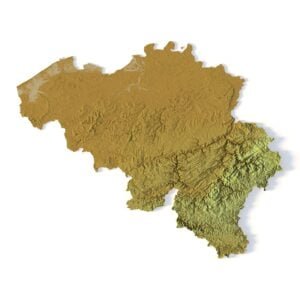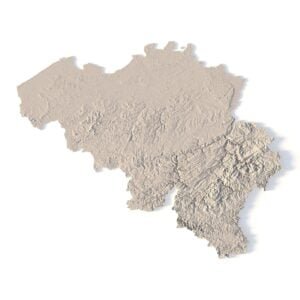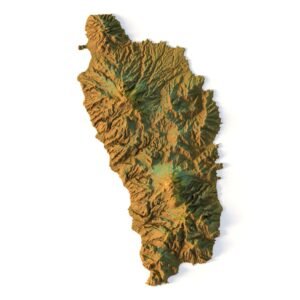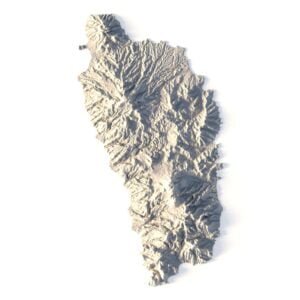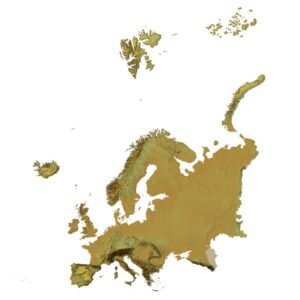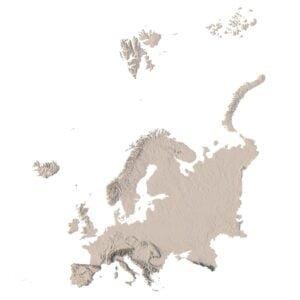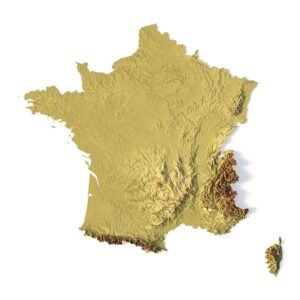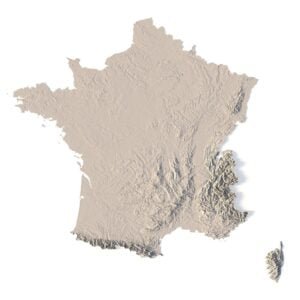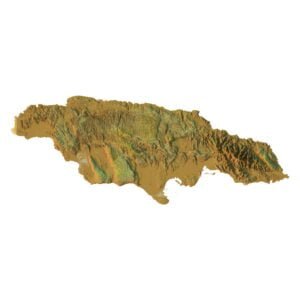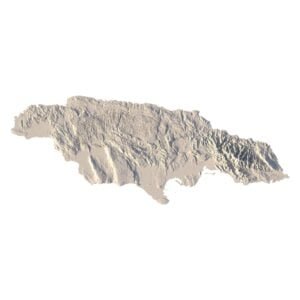Louisiana is bordered to the west by Texas; to the north by Arkansas; to the east by Mississippi; and to the south by the Gulf of Mexico. The state may properly be divided into two parts, the uplands of the north (the region of North Louisiana), and the alluvial along the coast (the Central Louisiana, Acadiana, Florida Parishes, and Greater New Orleans regions).
What can I use a 3D model in STL format for?
STL model state of Louisiana can be used for various purposes:
- Making physical models from plastic or photopolymer using 3D printers
- Making models of wood or metal using CNC machines
- Making a high-resolution relief using 3D laser markers
- Making of “master forms” for duplication of products using foam polystyrene or concrete
- Creating computer graphics
- Creation of low-polygonal models for computer games
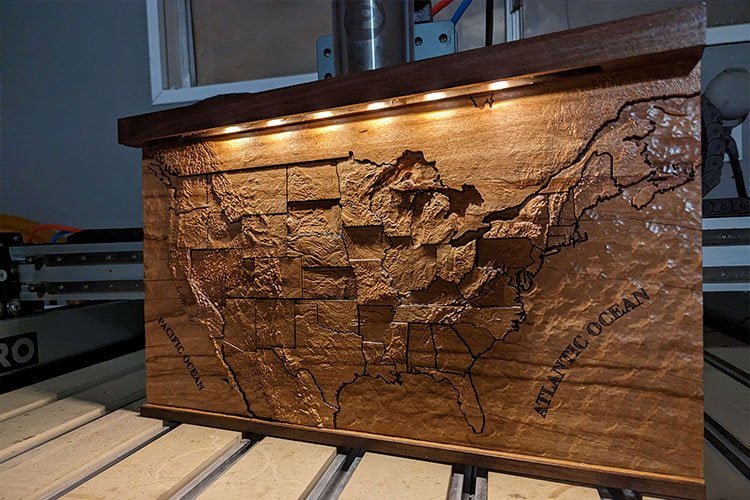
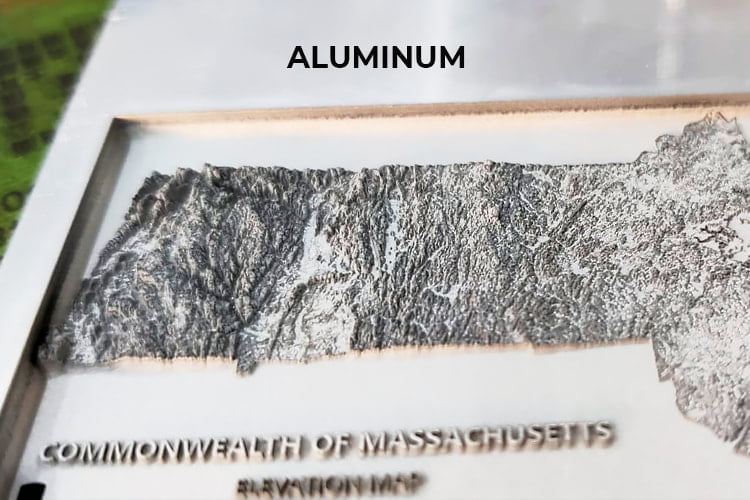
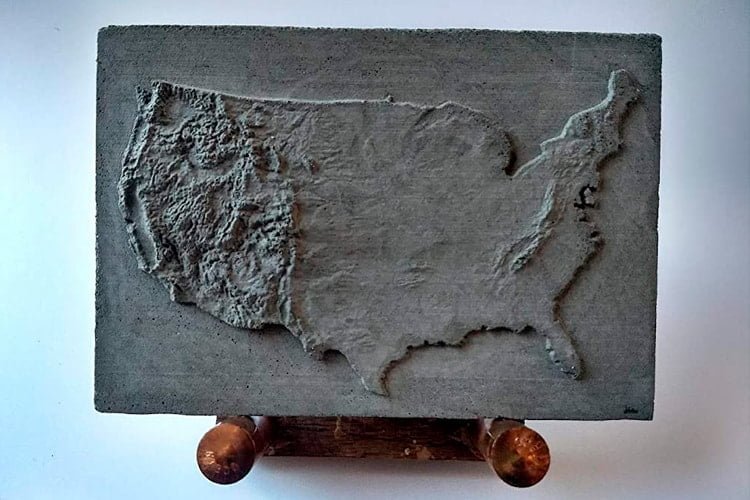
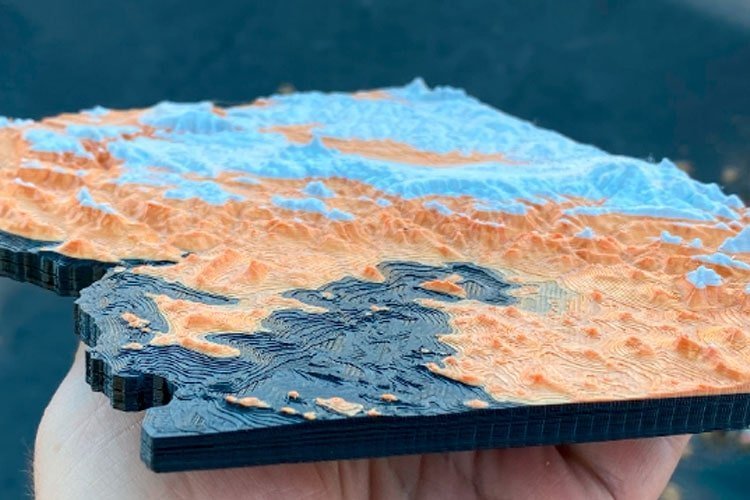
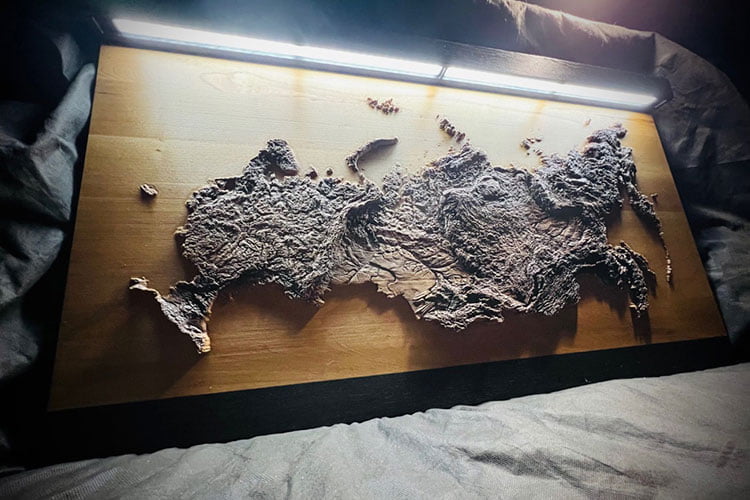
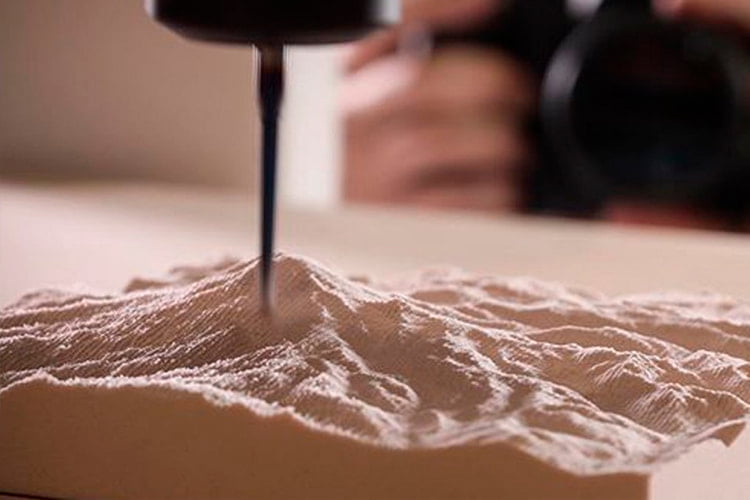
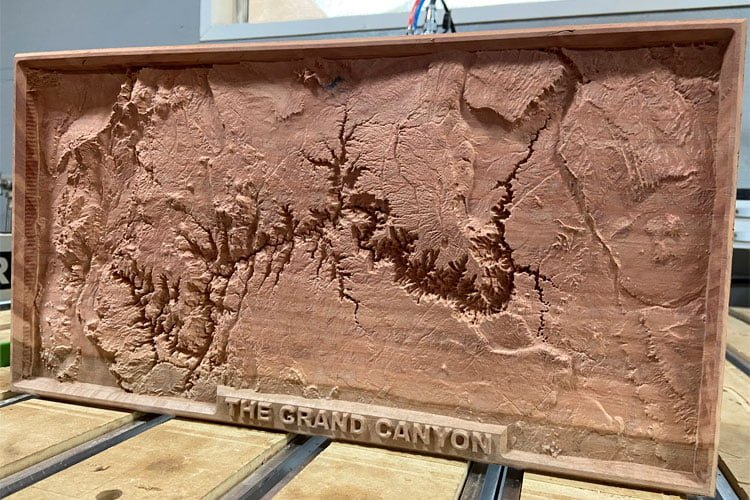
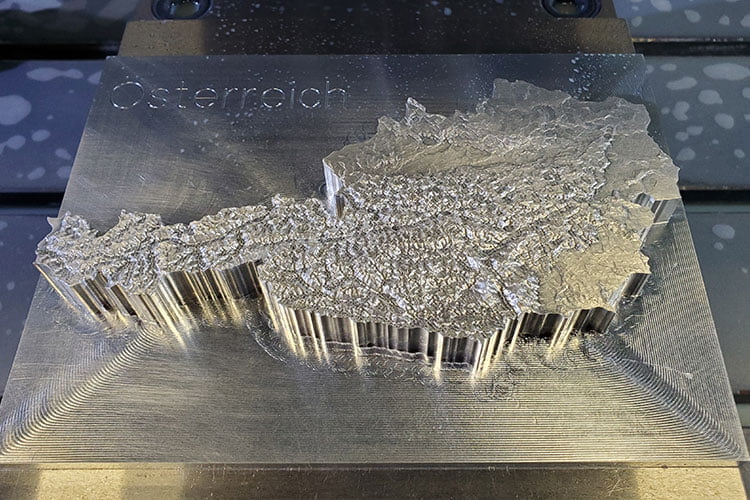
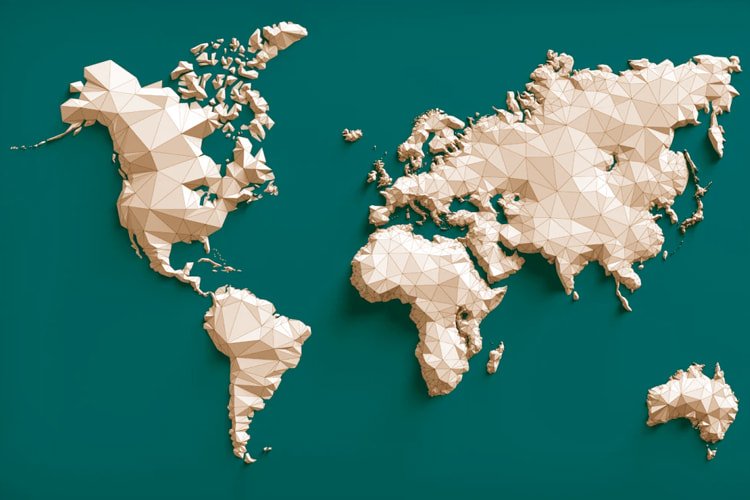
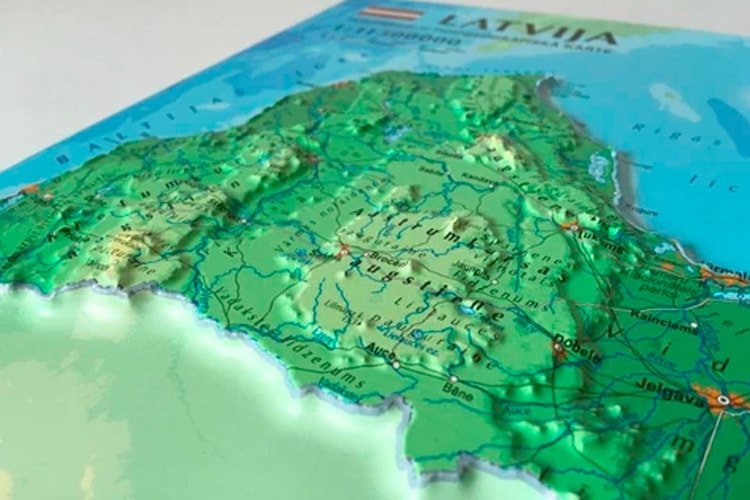
What is the resolution of the 3D model state of Louisiana?
With the development of technology, it is becoming possible to produce more and more precise relief models.
For example, there are 3D printers that can print models with a layer height of 0.16 mm, 0.1 mm, 0.05 mm, or even less. These devices require high-quality models. But a higher-quality 3D model contains more polygons and has a larger file size. One of the challenges is to find a compromise between the file size of the STL model, which would be convenient to work with, and the desired quality of the finished product.
The 3D model state of Louisiana has a fairly large size and many polygons.
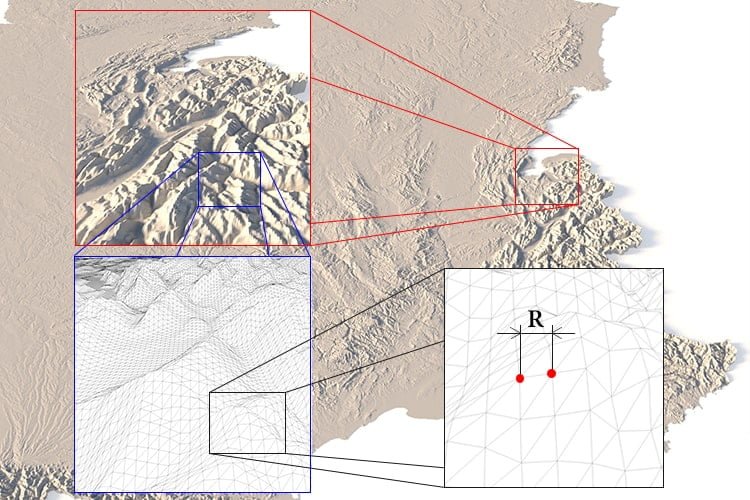
How do I change the parameters of the STL model state of Louisiana?
You can easily resize the model in any program that allows you to import STL files.
In addition to changing the scale in width, length, and height, you can add a higher base. You can also use anti-aliasing tools, add bulk text, reduce the number of polygons, etc.

